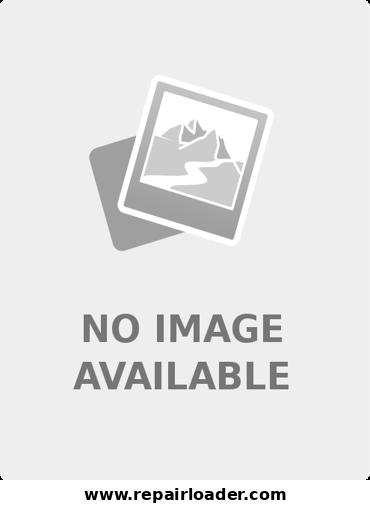- Ranger / Ford Motor Company
- 1998 Ford Ranger: Available in XL, XLT, Splash, and EV electric vehicle trim levels.
- 1999 Ford Ranger: Available in XL, XLT, Splash, and EV electric vehicle trim levels.
- 2000 Ford Ranger: Available in XL, XLT, and EV electric vehicle trim levels.
- 2001 Ford Ranger: Available in XL, XLT, Edge, and EV electric vehicle trim levels.
- 2002 Ford Ranger: Available in XL, XLT, Edge, Tremor, and EV electric vehicle trim levels.
- 2003 Ford Ranger: Available in XL, XLT, Edge, and Tremor trim levels.
- 2004 Ford Ranger: Available in XL, XLT, Edge, Tremor, and STX trim levels.
- 2005 Ford Ranger: Available in XL, XLT, Edge, Tremor, and STX trim levels.
- 2006 Ford Ranger: Available in XL, XLT, Sport, and STX trim levels.
- 2007 Ford Ranger: Available in XL, XLT, Sport, and STX trim levels.
- 2008 Ford Ranger: Available in XL, XLT, Sport, FX4 Off-Road, and STX trim levels.
- 2009 Ford Ranger: Available in XL, XLT, Sport, FX4 Off-Road, and STX trim levels.
- 2010 Ford Ranger: Available in XL, XLT, Sport, FX4 Off-Road, and STX trim levels
Production/model years: 1998, 1999, 2000, 2001, 2002, 2003, 2004, 2005, 2006, 2007, 2008, 2009, 2010

Comments